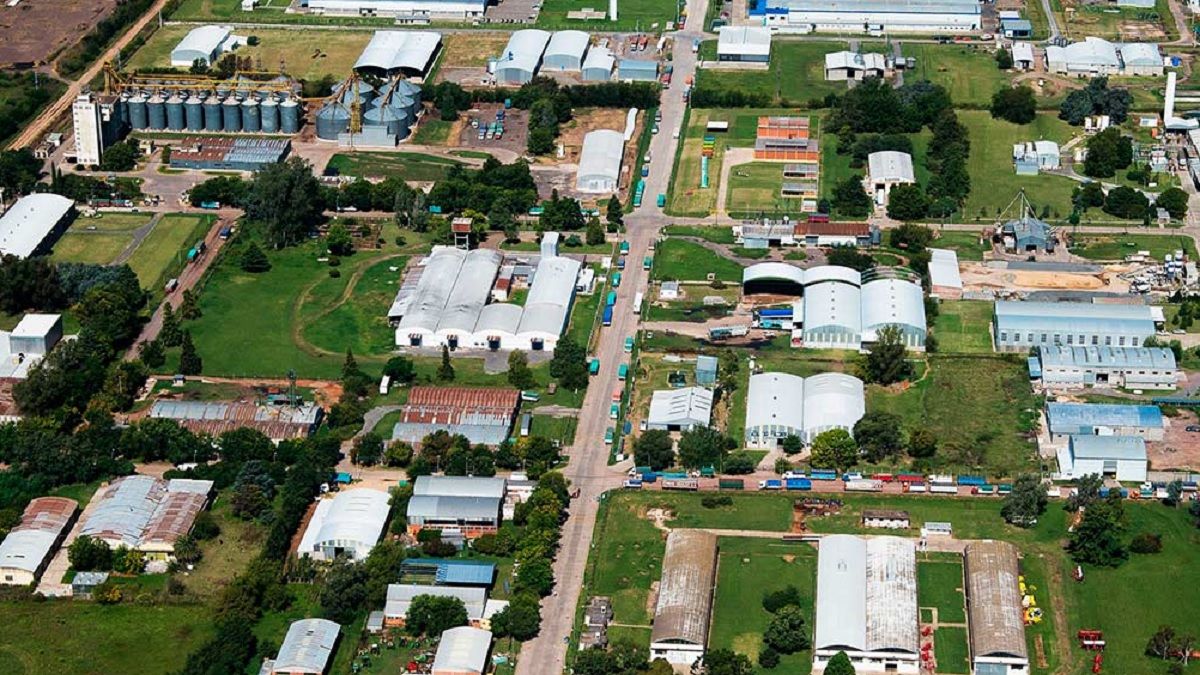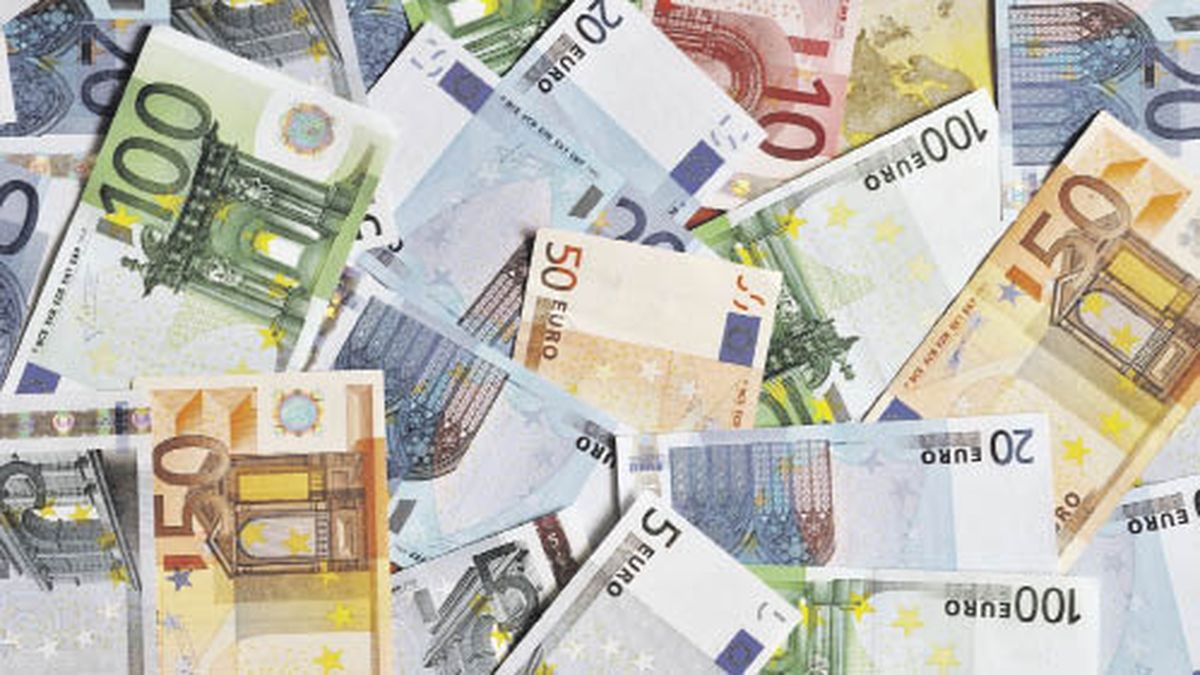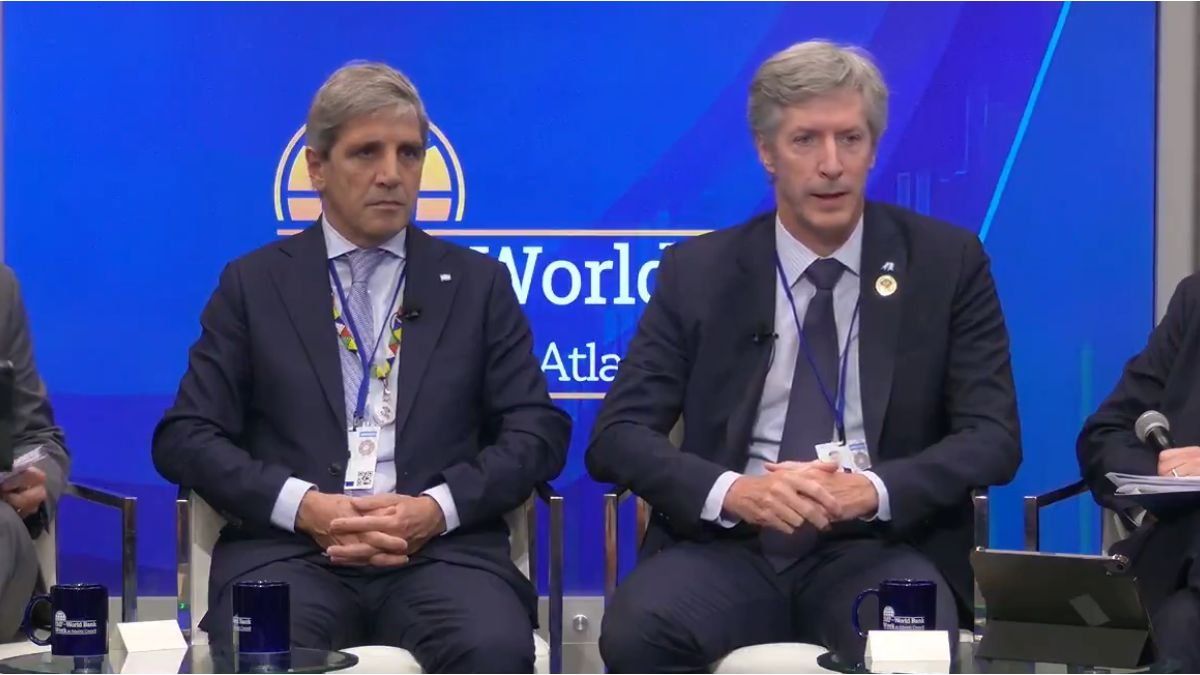The Senate of the province of Buenos Aires turned into law the project promoted by the provincial Executive Branch and approved by Deputies, through which the Provincial Strategic Investment Regime is implemented, which is popularly known as the Buenos Aires RIGI.
The province did not expressly adhere to the Incentive Regime for Large Investments at the national level nor to the Asset Regularization Regime, proposing this new regime with benefits on provincial taxes as a stimulus.
Subjects and sectors reached
Legal entities from the country or authorized to act in the national territory and temporary business unions (UTE), collaboration groups and cooperation consortia that act in the jurisdiction and are included within the following sectors can join it. : manufacturing industry; services (includes tourism, logistics and other services); cultural industries; health and natural resource-intensive sectors such as mining, energy, oil and gas.
It includes new plants or investments, the expansion of existing ones when it exceeds a certain percentage and does not reduce employment, and new productive projects when they exceed a certain percentage of the assets.
Unlike the national incentive regime, the one applicable in provincial jurisdiction contemplates smaller investment amounts from which accession is possible. The range of investments goes from US$5,000,000 to US$200,000,000 and more. As can be seen, a minimum investment is set.
Tax benefits
Attentive to this, the tax benefits are graduated based on the investment amounts, with greater encouragement for smaller projects, and include taxes on Gross Income, Real Estate and Stamps, according to the following graduation.
Those investment projects that are between US$ 5 million and US$ 50 million will enjoy a 30% exemption for five years. If the project includes investments ranging from US$50 million to US$200 million, the benefit will be 25% for a period of four years. When investments exceed US$200 million, the exemption percentage will be 20% for three years. As the investment increases, the percentage and timing of the benefit is reduced.
10% will be added to the aforementioned percentages if jobs are increased; the project is located in low-income areas or industrial parks; import substitution or technological innovation is verified. All this, for a period of two years.
Likewise, 5% will be added, for one year, if there is an increase in exports, gender policy or environmental sustainability.
The legal norm contemplates the maximum term of application of the stimulus regime and the conditions of access. It also regulates a provincial supplier development program.
From now on, the time begins to dictate the regulatory and administrative rules that make the regime operational.
Source: Ambito




